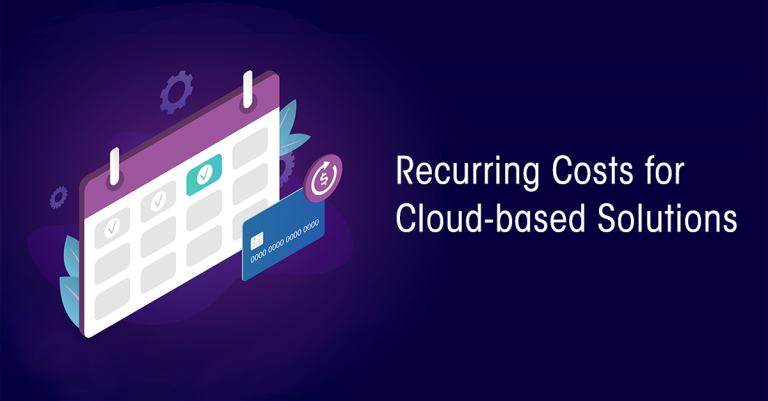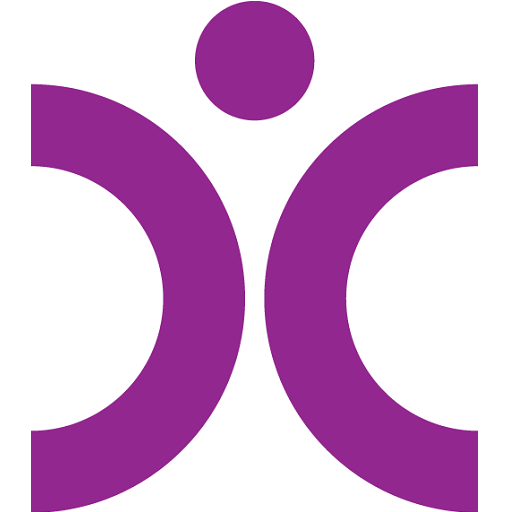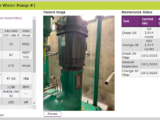Understanding recurring costs for cloud-based solutions
Adding a cloud-based solution to remotely access information, from a plant automation system, always brings to mind recurring cost. There is a misconception that the recurring costs for cloud-based solutions are higher than a one-time purchase. When considering the total Return on Investment (ROI), you will find that the recurring costs are less.
This article discusses two topics as they relate to recurring costs. The first, is remote access; cloud based versus extending a typical on-premise solution. And the second is a cellular solution for remote site monitoring versus an end user owned radio system.
When calculating the ROI, for a municipal water or wastewater system, several factors need to be considered. Firstly, the cost of required software, hardware maintenance, and user access licenses. Next, is the cost of maintaining security or, worse yet, the cost of a security breach (See blog…). Finally, the cost of communication to remote sites.

Recurring cost for cloud solutions drive the User Experience
One of the primary goals of a cloud based solution is to deliver a great user experience. These solutions work best when many users are utilizing the system. In fact, they thrive on the feedback from the users. The more users, the better the system becomes with little or no cost to the existing user base.
On premise solutions, with remote access, limit user access. This is either by design or limiting factors of the software. Moreover, user enhancements are in the form of software upgrades which come with a cost.
The cost of security is built into the recurring costs of a cloud solution
A cloud solution that delivers information (see Blog…), provides the required security as part of the recurring cost. That cost is far less per year than a dedicated person or outside firm.
Properly securing an on-premise solution, for remote access, requires specific knowledge of network security. This not only includes firewalls, but also network segregation, user management, computer OS security updates, and finally vigilant monitoring. It requires a partially dedicated IT person or firm, with a deep level of knowledge about cyber security.
Hiring a dedicated person, with the required level of expertise and experience, will cost in excess of $70,000 per year. In many cases, it is less costly to contract an outside firm, than to hire a full time person. This firm will take care of issues, as they happen. However, outside firms have many clients. Because of this, few are able to dedicate the time and resources to monitor your system, with the required vigilance. So the owner usually has to initiate needed security updates and upgrades. But these upgrades are usually initiated based on budgets, not security needs.
Cloud based solutions require less maintenance
A dedicated computer, used for monitoring your industrial application, has a life expectancy of 3 to 5 years. This is based on several factors. The limit these days is generally not the hardware, but factors like support of the operating system, local storage space, and individual component failure, just to name a few. When replacing an old computer, it is not as easy as it used to be. You cannot just copy the files from one to the other, like the old days. Furthermore, there are OS compatibility considerations, software upgrade requirements, etc.
With a cloud solution, operators, supervisors and city administrators are able to leverage what they already have. In general, people keep up with the trends in technologies. Most people have smartphones and/or tablets for mobility. Similarly, they have updated desktop and/or laptop computers, both at home and as part of their workstation. These are all great for monitoring their plants and remote stations, when utilizing the proper cloud solution.
Recurring costs take 20 years to add up to a 40 foot radio tower
In the early days of my career, I implemented hundreds of Private licensed Radios (420-470 MHz nominal and 928/952 MHz) and Private unlicensed Radios (902/928 MHz) radio systems. As a result, I have worked on antenna towers over 300 feet tall. Unfortunately, I have also fought with my share of issues with licensed and unlicensed radios systems. Most of, these systems were specified by the owner or engineering firm and at the time were great solutions. Frequently, owners went with the unlicensed systems, thinking that they would save money over other systems, which was sometimes the case. Many of the radio manufacturers have come and gone over the years. Because many of these manufacturers are no longer around, the owner can no longer get parts for their failing systems.
For this reason, we are replacing a lot of the older systems with cellular communications (see Case Study). Cellular communications has become mainstream for secure data transmission. It has an immediate rate of return as compared to adding a new site to an existing radio system. For instance, let’s look at a newly erected tower that is 40 feet tall. Most engineers and municipalities require that it meet the 90 mph wind loading requirement. Based on experience, a conservative cost estimate is $5,000.
Accordingly, it will take 20 years to see an ROI when compared to a typical M2M cellular data plan. The estimate for the tower includes the tower itself, quality feed lines, and installation. This cost does not include any maintenance, on that tower or feed line, in that 20 years. The average base cost for a cellular plan is $20 a month.
Cloud based solutions save money even with recurring costs
Finally, cloud solutions save money because the costs of development and implementation are spread over many users, while yielding many benefits of a dedicated on-premise solution.
For a small to medium sized municipality, the expense of a full featured SCADA package is often not required. In many cases, they do not solve the the real problem. Specifically, operators at small municipalities are spread thin, therefore, they are limited by time and space. Often, they are the water, wastewater, and streets department, and must divide themselves between these roles. Mid sized municipalities operate 24/7 but no one is there during the night. Having a computer at a central locations make very little sense when no one is there. The amount of information that is needed to operate can be boiled down to a few key metrics. A cloud based solution allows the operator access to information from anywhere at anytime.
A cloud based solution will enhance your plant automaton, significantly for remote access and reduce your costs for remote sites. In conclusion, when comparing the total Return on Investment, the recurring costs for cloud based solutions are less than other solutions.
About The Author
The President and founder of Data-Command with over 25+ years of business development, 35+ years of automation, and 40+ years of software development experience. In 2005, Data-Command was born from his passion to provide information to municipalities and industry that would have a positive impact on their operations, and he has never lost this passion.


